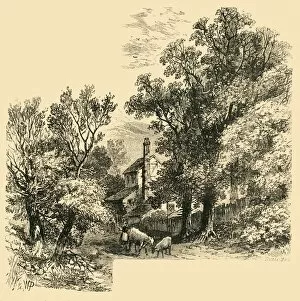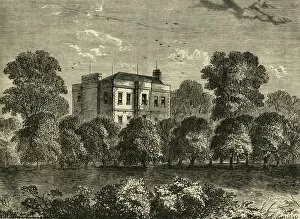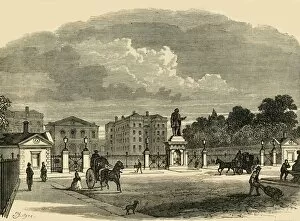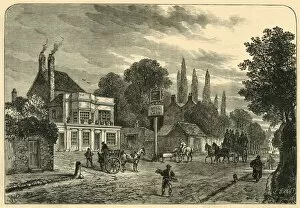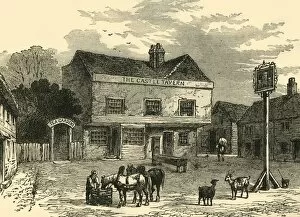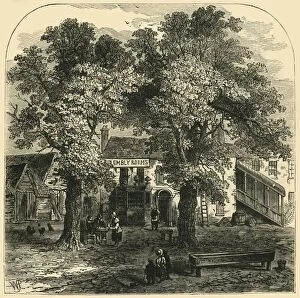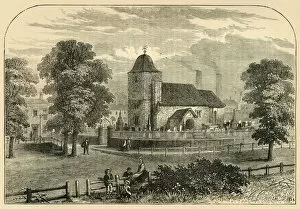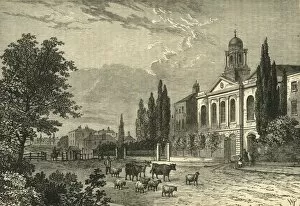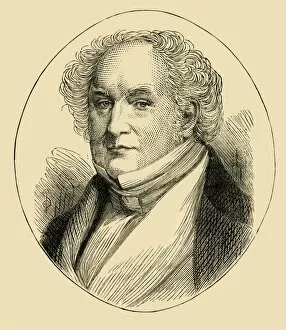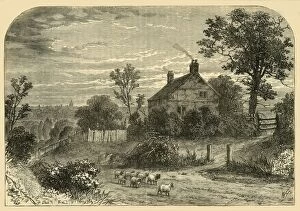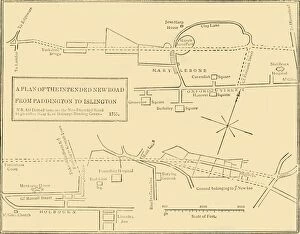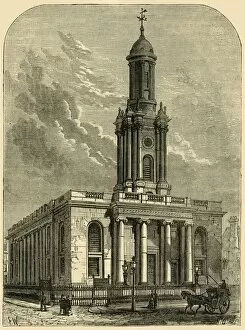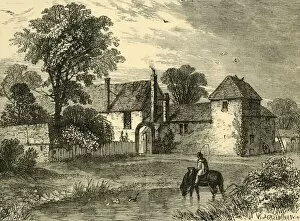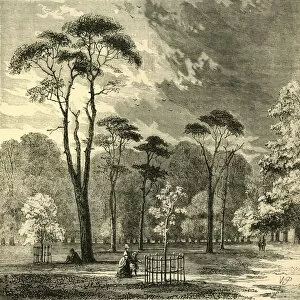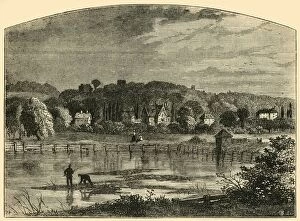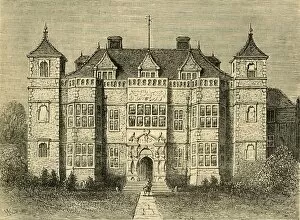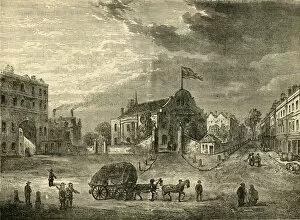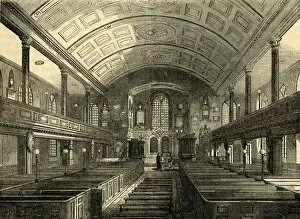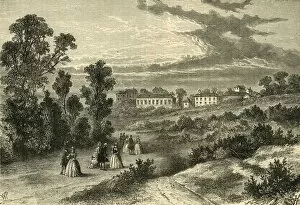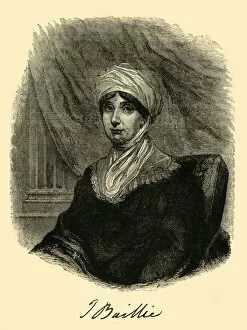London England United Kingdom Collection (#19)
"London: A Tapestry of History, Culture, and Iconic Landmarks" Step into the vibrant city of London, England, where history comes alive through captivating images
For sale as Licensed Images
Choose your image, Select your licence and Download the media
"London: A Tapestry of History, Culture, and Iconic Landmarks" Step into the vibrant city of London, England, where history comes alive through captivating images. From Isambard Kingdom Brunel standing proudly before the launching chains of the Great Eastern to Joe Morello's mesmerizing performance in 1968 captured by Brian Foskett, this city is a treasure trove of unforgettable moments. Delve into the past as John Constable's brush strokes transport you to Sir Richard Steele's enchanting cottage in Hampstead during 1831-1832. Gustave Doré's evocative illustration takes us back to Westminster's notorious "Devils Acre" in 1872 while also envisioning a future London with "The New Zealander. " Brian Foskett captures Peggy Lee's timeless elegance during her visit to London in 1961 at both the iconic Pigalle Club and Piccadilly St James. Witness an era gone by as an unknown photographer freezes time within the Kingsway Subway tram system in 1931. London continues its artistic journey with Max Roach gracing Queen Elizabeth Hall stage in 1996, immortalized once again by Brian Foskett. William Parrott showcases Millbank, Westminster's charm through his lens during 1840. Marvel at Trafalgar Square’s grandeur with The National Gallery and St Martin-in-the-Fields majestically framed against its backdrop around c1910. Finally, Frederick Childe Hassam paints a picturesque evening scene from London in 1897 that exudes tranquility amidst bustling streets. As you explore these snapshots from different eras and perspectives, immerse yourself in London’s rich tapestry – a city that seamlessly blends tradition with modernity while leaving an indelible mark on all who wander its historic streets.


